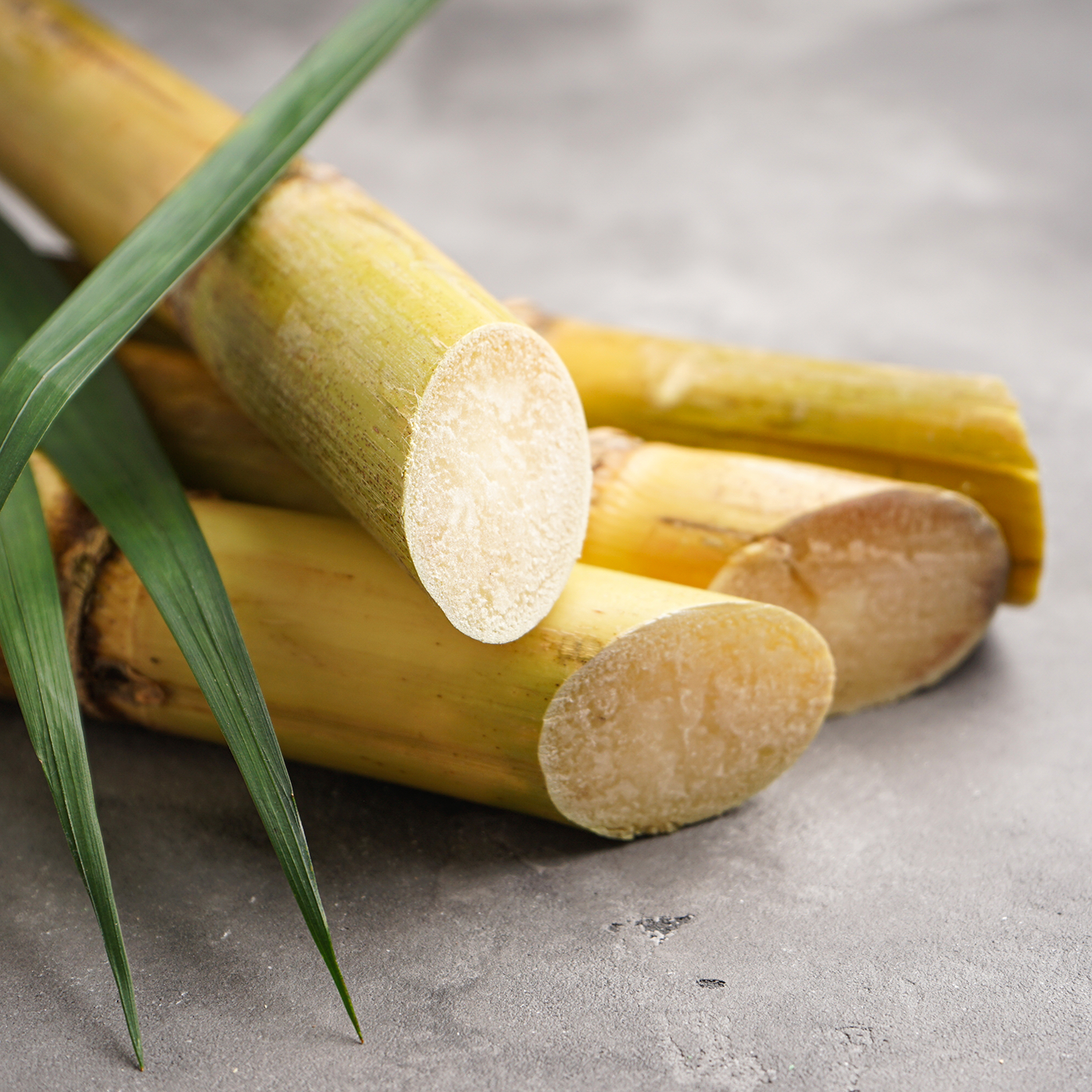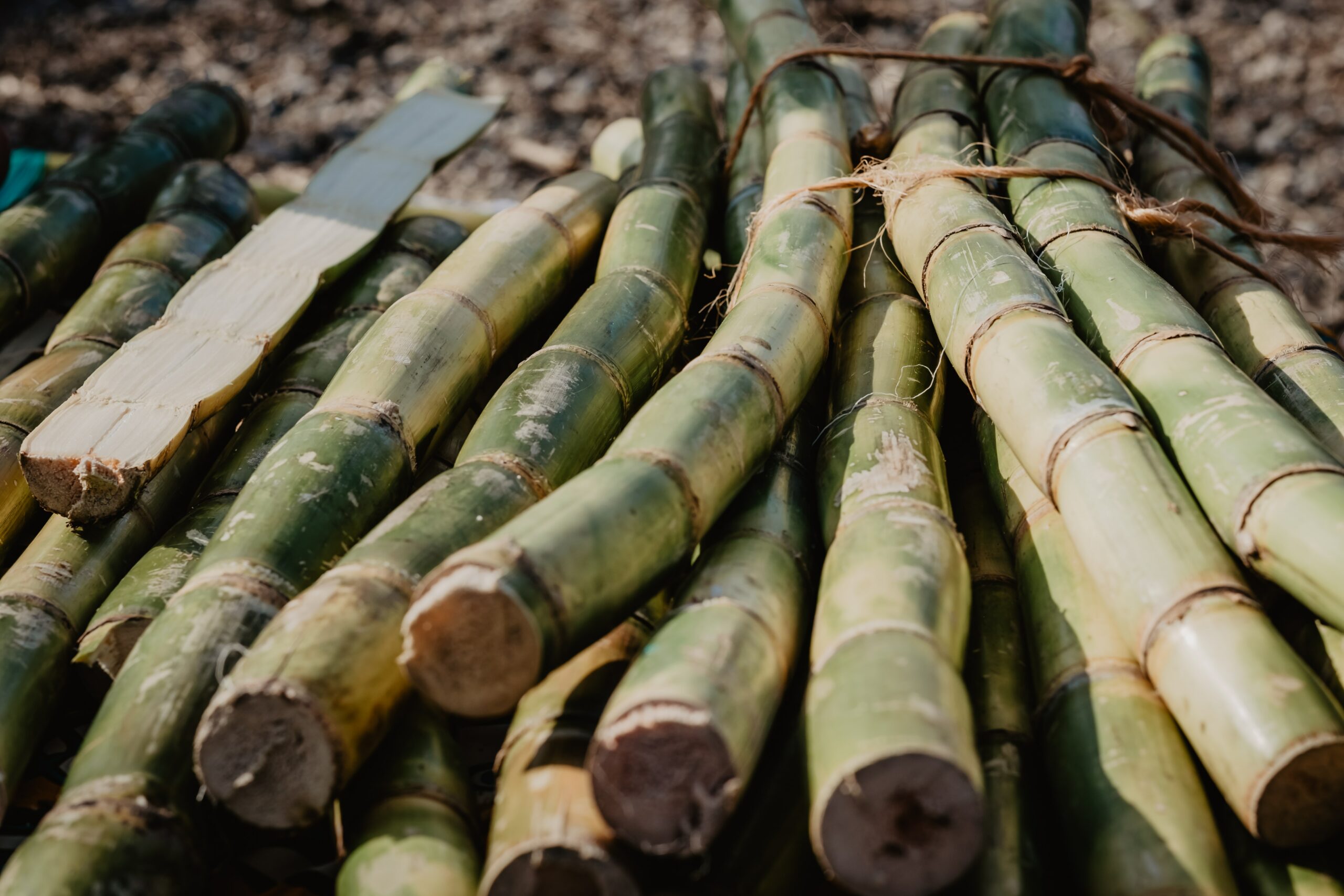Introducing the Importance of Sugar Canes: What Are Sugar Canes Used For in the Cane Sugar Sector?
Sugar canes work as the keystone of the cane sugar sector, mostly providing the raw material required for sugar production. Their ability to convert sunlight right into sucrose through photosynthesis is essential. Past their sweetening residential properties, sugar canes locate utility in numerous cooking applications and arising sectors. The full extent of their influence prolongs past the kitchen area. This discussion will check out the diverse functions of sugar walking sticks in both market and economic climate.
The Role of Sugar Canes in Sugar Manufacturing
Sugar canes serve as the foundational resources in the walking cane sugar market, playing an important role in the manufacturing process. These high, seasonal lawns prosper in exotic and subtropical climates, where they soak up sunshine and nutrients to generate sucrose. The harvesting of sugar walking sticks usually takes place when the plants get to maturity, maximizing their sugar content.Once harvested, the canes undertake squashing to extract the juice, which contains liquified sugars. This juice is then clarified and focused via evaporation, transforming it into a syrup. Subsequently, crystallization occurs, enabling the separation of sugar crystals from the remaining syrup.The extracted sugar undergoes more refining to attain the preferred purity and top quality - What Are Sugar Canes Used For. Consequently, the whole process highlights the essential contribution of sugar walking canes to sugar manufacturing, underscoring their relevance as both a resources and a stimulant in the production of walking cane sugar

Diverse Applications in Food and Drink Sector
In the food and beverage sector, sugar walking stick serves multiple crucial functions. It acts not only as a main sugar in various products but also as a flavoring agent that enhances preference profiles. Furthermore, its parts play a substantial role in fermentation and purification procedures, adding to the manufacturing of alcoholic drinks.
Sugar in Products

The flexibility of walking cane sugar as a sugar makes it a staple in a wide range of food and beverage products. Widely used in baked goods, it boosts the preference and structure of cakes, cookies, and pastries by supplying dampness and advertising browning during cooking. In beverages, cane sugar is a prominent selection for sweetening teas, sodas, and juices, enabling for a balanced taste account. In addition, it serves as a necessary component in sauces, dressings, and sauces, adding to a harmonious blend of flavors. Walking cane sugar's capability to liquify promptly and its constant sweetness profile better solidify its role as a recommended sweetener - What Are Sugar Canes Used For. Overall, its diverse applications underscore the important duty of walking stick sugar in the culinary landscape
Flavoring Representative Usage
Making use of walking stick sugar as a flavoring representative prolongs beyond its function as a mere sweetener, enriching a selection of cooking creations. In the food and beverage industry, it enhances preference accounts by balancing level of acidity and resentment, making it a necessary element in sauces, dressings, and marinates. Furthermore, cane sugar contributes to the overall mouthfeel, offering a pleasurable structure in baked products and confections. Its caramelization throughout food preparation adds depth to both savory and wonderful recipes, while additionally acting as a preservative in jellies and jams. Furthermore, in beverages, walking stick sugar is used to amplify tastes in alcoholic drinks and soft beverages, making certain an extra enjoyable alcohol consumption experience. This versatility highlights its relevance in varied cooking applications.
Fermentation and Distillation
Walking stick sugar plays a considerable role in fermentation and purification processes, which are crucial in creating a range of liquors and food products. Throughout fermentation, yeast converts sugars right into alcohol and carbon dioxide, an essential step in crafting drinks like rum and vodka. Purification even more detoxifies these alcoholic mixtures, focusing flavors and raising alcohol web content. Past beverages, cane sugar is also essential in generating vinegar and specific food ingredients with fermentation. The adaptability of cane sugar improves the taste profiles and quality of these items, making it vital in the food and drink sector. Its contribution not just sustains traditional approaches however additionally cultivates development in crafting brand-new flavors and experiences for customers.
Sugar Canes in Biofuel Production
As rate of interest in renewable resource resources expands, sugar canes are significantly acknowledged for their potential in biofuel production. The biomass originated from sugar canes can be changed into ethanol, a sustainable gas option that reduces greenhouse gas emissions contrasted to nonrenewable fuel sources. This procedure normally includes fermenting the sugar extracted from the walking stick, which is after that distilled to generate high-purity ethanol appropriate for use in vehicles.Additionally, sugar walking stick bagasse, the coarse deposit left after juice extraction, can be used as a feedstock for bioenergy. It can be melted to produce heavy steam and electricity, adding to energy self-sufficiency in sugar mills. Countries such as Brazil have actually effectively incorporated sugar cane biofuel right into their power plans, leading to lowered dependence on imported fuels - What Are Sugar Canes Used best site For. In general, sugar walking canes stand for a promising method for biofuel production, aligning farming techniques with environmental sustainability objectives
Industrial Uses of Sugar Canes
While often acknowledged largely for sugar production, sugar canes also have varied commercial applications that prolong well beyond the food industry. The fibrous results of sugar walking stick, referred to as bagasse, work as a useful source in numerous sectors. Bagasse is typically used as a biofuel, creating power in sugar mills and various other centers. Additionally, it can be processed into paper, cardboard, and naturally degradable materials, promoting lasting practices.In addition, sugar canes contribute to the manufacturing of molasses, a byproduct utilized in the fermentation procedure for creating alcohol and yeast. This versatility makes sugar walking sticks essential to the beverage and pharmaceutical industries. Moreover, sugar walking cane removes are utilized in the cosmetics field, providing all-natural components for skin care and elegance items. Generally, the industrial uses of sugar canes highlight their importance beyond sugar, showcasing their function in promoting sustainability and sustaining different industries.
Economic Impact of Sugar Walking Stick Growing
The financial impact of sugar walking stick farming is significant, mostly via job creation and export profits generation. This industry not only gives employment chances in backwoods however also contributes considerably to nationwide economic situations via exports. Comprehending these elements highlights the vital duty sugar walking cane plays in both international and regional markets.
Work Production Opportunities
Often forgotten, the sugar walking stick sector plays an important role in work creation, considerably impacting regional economies. The farming, harvesting, and handling of sugar cane create many job opportunity, from area workers to manufacturing facility team. In numerous areas, these jobs provide resources for hundreds of households, adding to community stability and growth. In addition, ancillary markets such as transport, equipment manufacturing, and retail benefit from the sugar walking stick industry, additional expanding work choices. Seasonal job during planting and harvest times additionally supports short-term placements, enabling workers to earn income in otherwise lean periods. Generally, the sugar walking cane sector functions as an important financial engine, cultivating job development and enhancing the lifestyle for numerous individuals and communities.
Export Income Generation

Sustainable Practices in Sugar Walking Stick Farming
While typical sugar cane farming practices have typically resulted in environmental degradation, a growing number of farmers are taking on lasting methods that focus on ecological equilibrium. These techniques include crop turning, which improves soil fertility and reduces insect outbreaks, and using organic More Info fertilizers to lessen chemical overflow. Furthermore, some farmers are executing incorporated pest administration techniques, which focus on making use of all-natural killers and biopesticides rather of damaging chemicals.Water preservation methods, such as drip watering, are additionally getting traction, enabling efficient water use while preserving crop health and wellness. Moreover, many farmers are spending in renewable resource sources, such as biomass from sugar cane waste, to power procedures and reduce their carbon footprint. These lasting techniques not only shield communities but likewise improve the lasting viability of sugar cane farming, ensuring that it can remain to satisfy global sugar needs while minimizing ecological influence.
Regularly Asked Inquiries
How Are Sugar Canes Harvested and Processed?
Sugar walking canes are harvested using mechanical cutters or hands-on techniques, after that carried to manufacturing facilities. There, they undertake cleaning, crushing, and removal procedures to get juice, which is after that made clear, evaporated, and crystallized into sugar.
What Is the Nutritional Value of Sugar Cane?
The nutritional worth of sugar walking cane includes carbs, largely in the type of sucrose, together with trace amounts of nutrients like calcium and potassium. It is low in protein and fat content on the whole.
Can Sugar Cane Be Expanded in Non-Tropical Areas?
Sugar cane can be grown in non-tropical areas, yet it requires particular problems such as ample heat, wetness, and suitable dirt. Adjustment and growing practices are crucial for successful growth outside typical exotic climates.

What Conditions and pests Influence Sugar Cane Crops?
Pests and conditions noticeably affect sugar walking cane crops. Typical risks consist of the sugarcane borer, red rot, and mosaic virus, which can lower return and high quality, demanding reliable management practices to safeguard these necessary agricultural sources.
How Does Sugar Cane Farming Influence Local Communities?
Sugar walking cane farming considerably influences local communities by offering employment possibility, advertising financial growth, and sustaining local companies. However, it can likewise cause ecological problems and social obstacles, affecting area health and wellness and sustainability. Sugar walking canes offer as the foundation of the walking stick sugar sector, largely supplying the raw material needed for sugar production. Sugar walking canes offer as the foundational raw material in the cane sugar industry, playing a crucial duty in the manufacturing procedure. The harvesting of sugar walking sticks usually occurs when the plants get to maturity, maximizing their sugar content.Once harvested, the walking sticks undergo crushing to remove the juice, which contains dissolved sugars. While typically recognized primarily for sugar production, sugar canes also have diverse sites industrial applications that prolong well beyond the food field. As international demand for sugar proceeds to climb, countries rich in sugar walking cane resources take advantage of on this possibility, exporting raw sugar and improved items to worldwide markets.